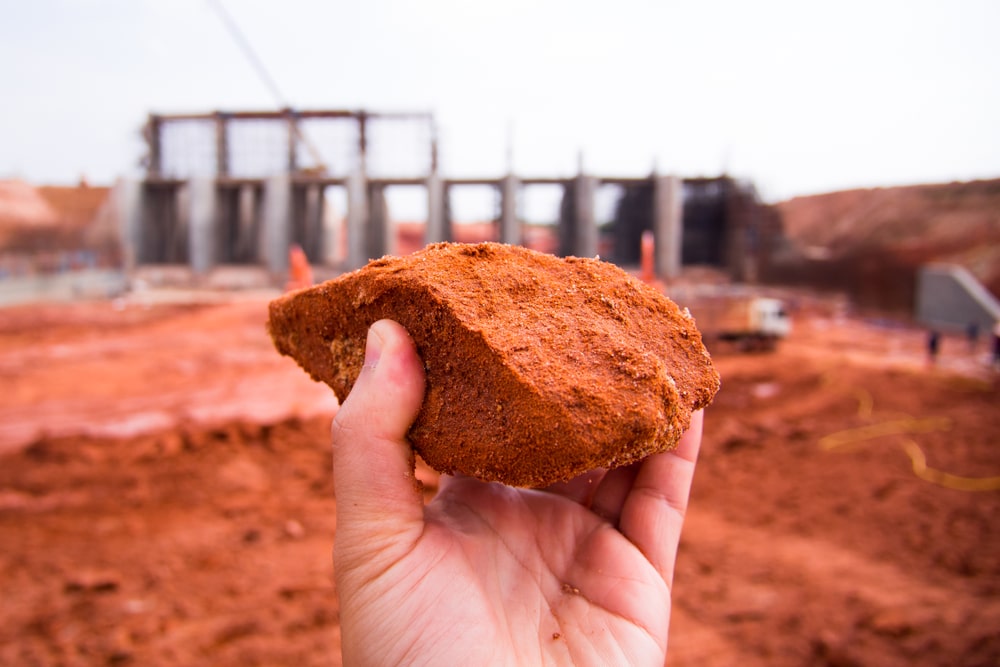Just How Consulting Engineers Enhance Geotechnical Design Projects: Insights Into Their Competence, Approaches, and Collaborative Approaches
Consulting engineers are crucial in enhancing geotechnical design jobs, applying their specialized expertise to navigate the intricacies of subsurface conditions. Their methods include a range of website investigation techniques, consisting of Requirement Penetration Examinations (SPT) and Cone Penetration Examinations (CPT), which inform critical choices during the layout and building phases. Furthermore, their collective methods foster interaction among varied job stakeholders, ultimately forming the project's trajectory. As we examine the diverse roles these specialists play, it ends up being clear that their payments extend past technological competence, motivating a better look at the ramifications for task success.
Function of Consulting Engineers
The proficiency of getting in touch with engineers in geotechnical engineering is essential to the effective implementation of building and construction jobs. These specialists play a crucial role in evaluating dirt and rock properties, which are crucial aspects affecting design and construction decisions. By carrying out complete website examinations, consulting engineers collect vital information that notifies the style process, making certain tasks are constructed on secure and ideal ground.
Consulting designers additionally offer indispensable insights into risk management (geotechnical geologist). They identify potential geotechnical threats, such as landslides, soil liquefaction, and settlement concerns, enabling stakeholders to apply reliable mitigation methods. Their experience aids in optimizing foundation layouts, which can bring about substantial expense savings and enhanced safety and security
Moreover, seeking advice from engineers serve as an essential web link between task proprietors, architects, and contractors. Their capacity to equate complex geotechnical information into workable suggestions fosters cooperation and assists in informed decision-making throughout the task lifecycle. This multidisciplinary technique not only boosts project performance however also makes sure compliance with governing standards and ideal methods.
Trick Approaches in Geotechnical Design

One primary approach is website examination, which entails performing area tests and laboratory analyses to gather data on subsurface conditions. Methods such as Requirement Penetration Testing (SPT) and Cone Penetration Testing (CPT) are commonly utilized to examine dirt stratigraphy and stamina. Furthermore, geophysical techniques, consisting of seismic and electric resistivity studies, supply non-invasive ways to examine subsurface attributes.
One more important approach is numerical modeling, which allows engineers to simulate various scenarios and forecast just how soil-structure communications will act under different loading conditions. Finite Element Evaluation (FEA) is an usual method employed in this context.
Moreover, the layout of structures, maintaining structures, and earthworks relies heavily on these techniques - geotechnical geologist. By incorporating sophisticated analytical tools with area data, speaking with engineers can create tailored services that address details job challenges, ultimately adding to the stability and safety of building and construction jobs
Importance of Dirt Analysis
Dirt analysis offers as a foundational component in geotechnical engineering, supplying important understandings into the physical and chemical buildings of soil needed for effective building preparation. Understanding dirt characteristics is vital for determining its load-bearing capability, water drainage behavior, and capacity for negotiation or instability. Detailed soil examinations, including tasting and research laboratory testing, assistance recognize criteria such as soil type, wetness web content, density, and shear stamina.
These evaluations educate the option of suitable building strategies and products, ultimately influencing project security and long life. As an example, natural soils may require different foundation styles contrasted to granular dirts, demanding customized design solutions. Dirt evaluation help in recognizing impurities that can present dangers to human health and wellness or the atmosphere, enabling for the development of mitigation strategies.
Including click resources dirt evaluation into the beginning of task advancement assists to reduce unexpected challenges, ensuring that designers can expect and deal with potential concerns prior to they intensify. By establishing a thorough understanding of the website conditions, consulting designers can enhance design efficiency and lower expenses, thereby boosting the general success of geotechnical engineering tasks.
Collective Approaches in Tasks
Successful geotechnical tasks commonly rest on joint techniques that combine varied competence from various techniques. Efficient cooperation among consulting designers, rock hounds, environmental researchers, and building specialists is important for addressing complicated challenges and enhancing task outcomes. By leveraging the one-of-a-kind skills and understanding of each employee, tasks can take advantage of an alternative understanding of the website conditions, regulative needs, and engineering restrictions.
Normal communication and interdisciplinary conferences promote the sharing of insights and promote a society of teamwork. These collective initiatives make it possible for the identification of prospective threats early in the task lifecycle, enabling timely mitigation methods. Moreover, incorporating comments from stakeholders, consisting of the original source neighborhood communities and regulative companies, makes certain that all perspectives are considered, improving job approval and conformity.
In addition, the assimilation of innovative technologies, such as Geographic Information Systems (GIS) and Building Information Modeling (BIM), further enhances collaboration. These tools enable the real-time sharing of data and visualization of geotechnical problems, advertising educated decision-making. Inevitably, a joint technique Visit This Link not just enhances job execution but also lays the structure for cutting-edge remedies to intricate geotechnical design difficulties.
Influence On Project Outcomes

Consulting designers employ innovative methodologies such as threat assessment and anticipating modeling, which boost the accuracy of task forecasts. Their capability to incorporate ingenious modern technologies, like geotechnical instrumentation and data analytics, additionally refines the style and building and construction processes. As a result, tasks experience improved effectiveness, lowered costs, and lessened hold-ups.
Furthermore, promoting reliable communication and partnership amongst employee enhances analytical capacities. When challenges occur, an unified front permits speedy identification of services, stopping possible setbacks. Ultimately, the collective initiatives of getting in touch with designers add to better results, ensuring that tasks fulfill both regulative requirements and customer assumptions.
Verdict
